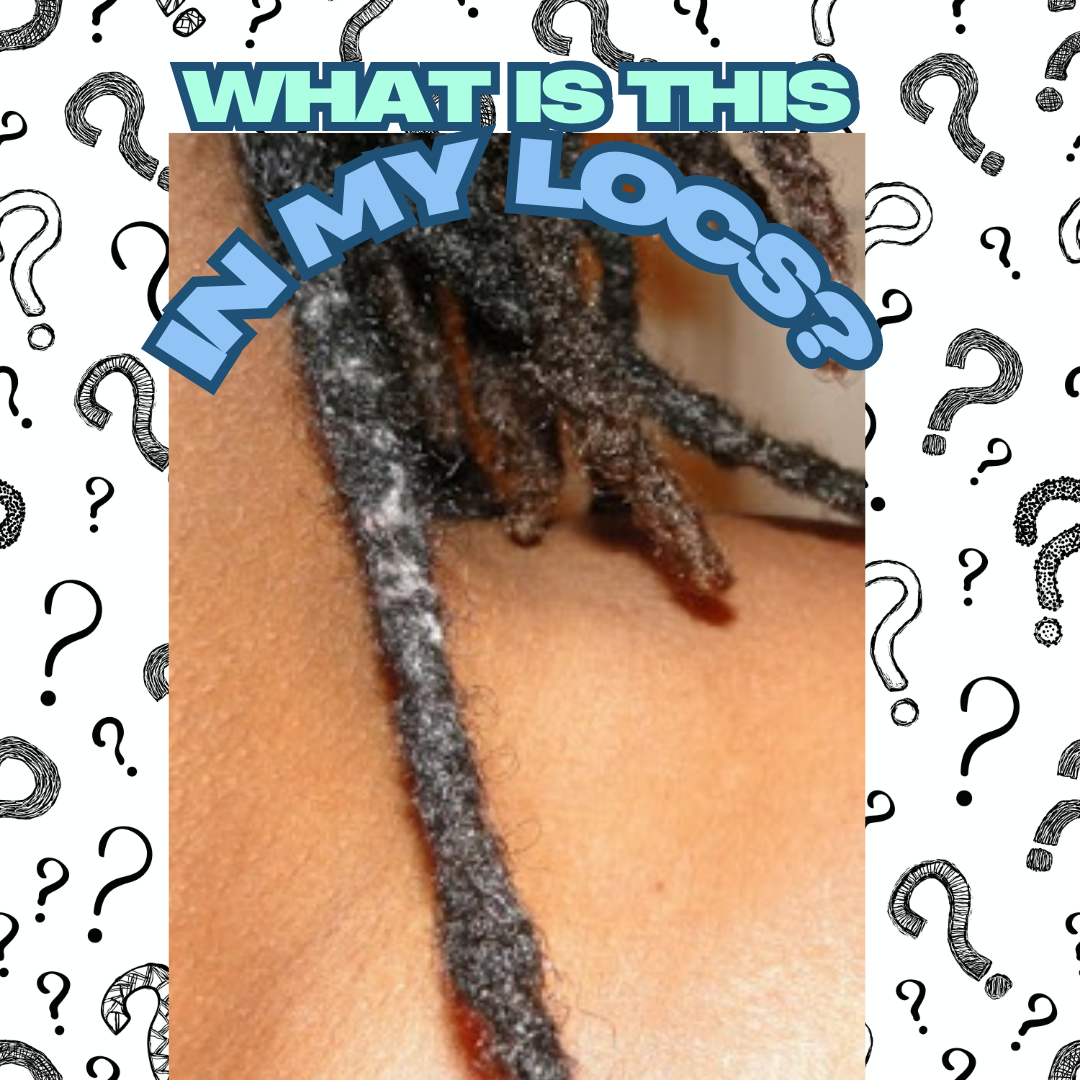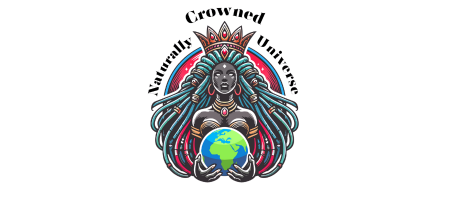
Mar 25 , 2025
It's not lint in your locs, it's...
Yeast. Possibly.
Many people assume that the white or grayish particles they see in their locs are just lint, but in some cases, it could actually be yeast buildup. Yeast, specifically Malassezia, is a type of fungus naturally found on the scalp, but when overgrown, it can cause flaking, itching, and buildup that gets trapped in locs. Understanding the difference between lint and yeast can help you take the right steps to keep your locs clean and healthy.
How to Tell the Difference Between Lint and Yeast in Locs
1. Texture and Appearance
-
Lint: Typically dry, fibrous, and embedded in the locs. It often comes from clothing, pillowcases, or scarves.
-
Yeast: Appears as small, flaky white or yellowish particles that resemble dandruff. It may feel greasy or powdery.
2. Location in the Locs
-
Lint: Usually found on the outer surface of the locs or deep within the strands due to friction.
-
Yeast: Can forms closer to the scalp and beyond, and can spread along the locs, often accompanied by itching or an unpleasant smell.
3. Reaction to Water
-
Lint: Stays embedded in the locs and does not dissolve when wet.
-
Yeast: Can sometimes become more noticeable after washing, as wet locs reveal scalp buildup.
Causes of Yeast in Locs
✅ Infrequent Washing – Not cleansing your locs regularly can lead to product buildup and excess yeast growth. ✅ Excess Moisture – Keeping locs damp for too long (e.g., after washing or sweating) creates an ideal environment for yeast. ✅ Product Overuse – Heavy creams, butters, and oils can clog the scalp, leading to fungal overgrowth. ✅ Poor Scalp Hygiene – Yeast thrives in unclean conditions, making it essential to cleanse your scalp thoroughly.
How to Remove Yeast from Locs
🛁 Apple Cider Vinegar Rinse – Mix ACV with water and apply it to your scalp to restore pH balance and kill excess yeast. 🛁 Antifungal Shampoo – Use a medicated shampoo containing tea tree oil, ketoconazole, or zinc pyrithione to eliminate fungal buildup. 🛁 Clarifying Wash – Wash locs regularly with a residue-free clarifying shampoo to prevent yeast accumulation. 🛁 Keep Locs Dry – Always dry locs thoroughly after washing to prevent moisture buildup.
Final Thoughts
What looks like harmless lint in your locs may actually be yeast buildup. Paying attention to texture, location, and symptoms can help you distinguish between the two. If you notice persistent scalp irritation, odor, or excessive buildup, adjust your hair care routine to maintain a clean and healthy scalp. Proper washing, drying, and scalp care are key to keeping your locs fresh and free from unwanted buildup!
